Ever peeked inside a jaw-dropping Singapore home and wondered, 'Who's the genius behind this?'
Chances are, it's the work of a top interior design company in Singapore. They're turning ordinary spaces into extraordinary havens, one room at a time. Want to uncover the magic they sprinkle on each project? Want your home to be next? Join us, and let's explore how these design maestros transform the every day into the sublime.
Ready to turn the page on your home's next stylish chapter?
Top Interior Design Company Singapore Renovation Tips

Space Planning and Optimisation
Assess Your Needs and Priorities

Before diving into your space planning project, take the time to assess your needs and preferences. Consider how you and your family use each room and identify any areas that require improvement. This will help you determine the most efficient and practical layout for your living space and ensure that every inch is put to good use.
Embrace Open-Concept Living

One of the most effective ways to optimise space in your Singaporean home is to embrace open-concept living. You can create a more spacious, airy atmosphere that encourages social interaction and connectivity by eliminating unnecessary walls and barriers. This design approach also allows for better natural light penetration, further enhancing the sense of spaciousness.
Invest in Multi-Functional Furniture

Multi-functional furniture is a game-changer for space optimisation. Pieces like sofa beds, extendable dining tables, and storage ottomans serve multiple purposes, allowing you to maximise the functionality of your living area without cluttering your space. Look for innovative designs that cater to your specific needs and preferences.
Opt for Custom-Built Solutions

Custom-built furniture and storage solutions are tailored to fit your home's unique dimensions and layout, ensuring no space goes to waste. Consider built-in wardrobes, cabinetry, and shelving units that can be seamlessly integrated into your interior design. These bespoke elements save space and add a touch of luxury and sophistication to your living environment. For custom-built solutions, check out https://support.megafurniture.sg/portal/en/kb/articles/do-you-offer-customisation-services.
Use Vertical Space Wisely
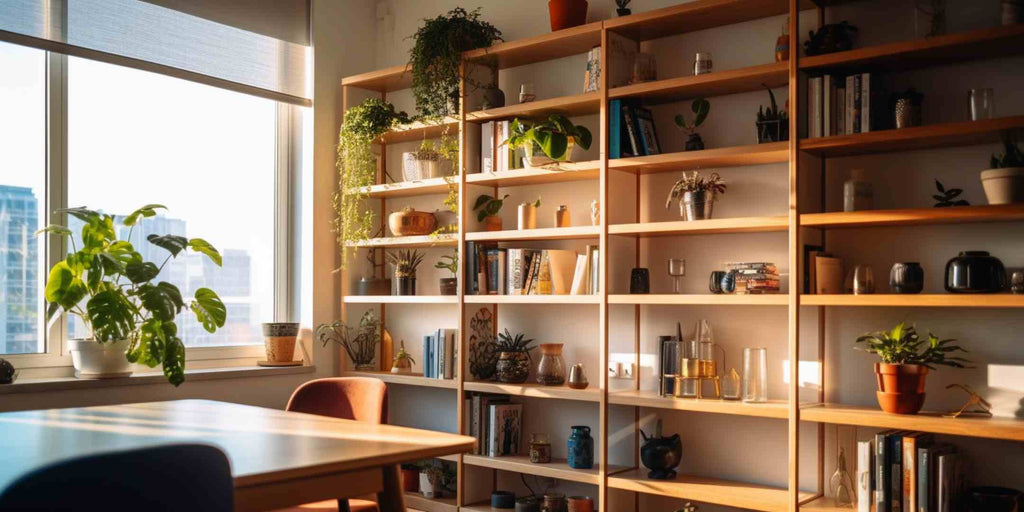
When floor space is limited, look up! Utilise vertical space by installing floor-to-ceiling shelves, bookcases, or cabinets. Wall-mounted storage solutions, such as floating shelves or pegboards, are also effective ways to maximise storage capacity while minimising the footprint of your furniture.
Create Visual Illusions
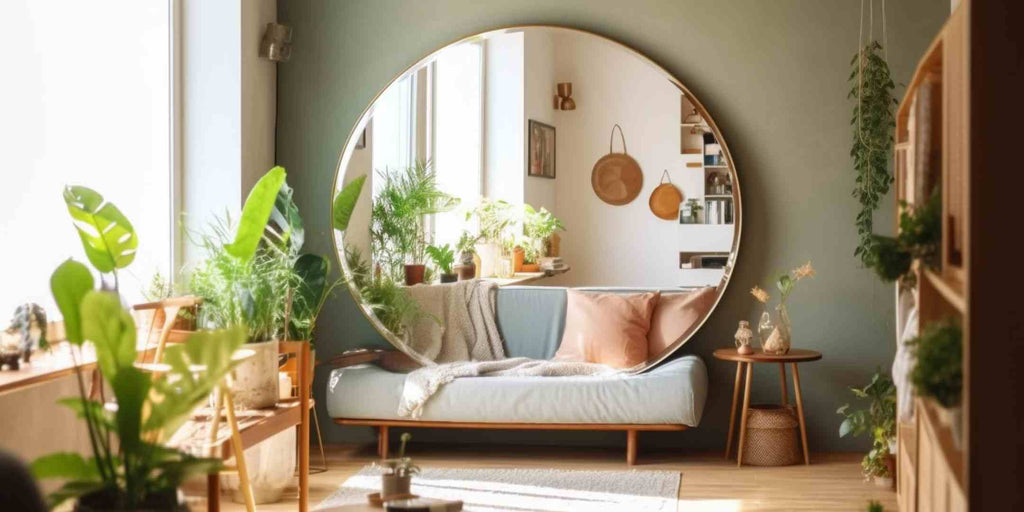
How you arrange your furniture and décor can significantly impact the perceived size of your living space. Use visual tricks to create the illusion of a larger room, such as placing large mirrors opposite windows to reflect natural light, opting for light-coloured paint, or employing a minimalist design approach to reduce visual clutter.
Choosing the Right Colour Palette
Consider the Mood and Atmosphere
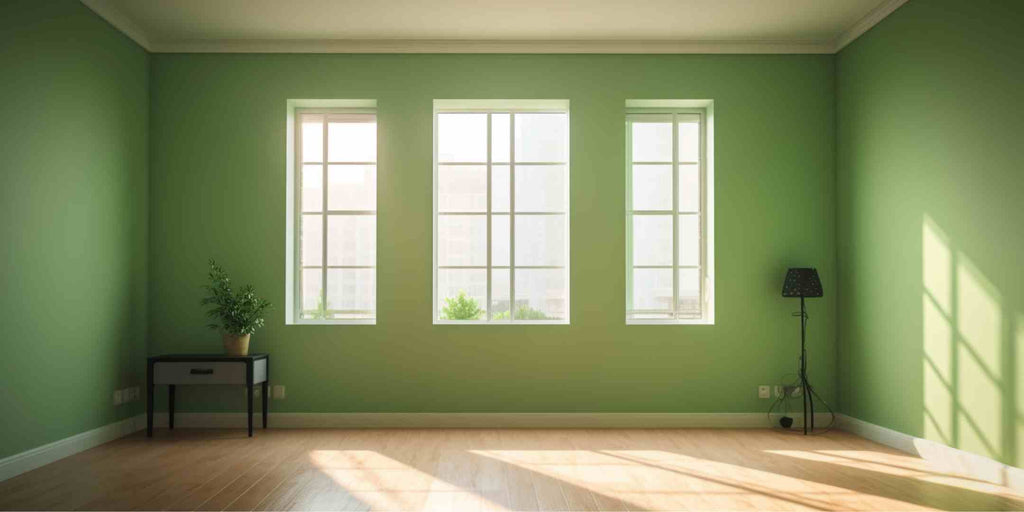
Before selecting your colour palette, consider the mood and atmosphere you want to create in each room. Different colours evoke different emotions and can influence how a space feels. For example, cool tones like blues and greens are calming and serene, while warm hues like reds and oranges can add energy and excitement.
Start with a Neutral Base

Neutral colours like whites, greys, and beiges provide a versatile foundation for any room. Starting with a neutral base, you can easily layer in accent colours through furniture, accessories, and artwork to create visual interest and depth. A neutral backdrop allows you to switch up your colour scheme over time without undergoing a complete overhaul.
Create a Cohesive Flow
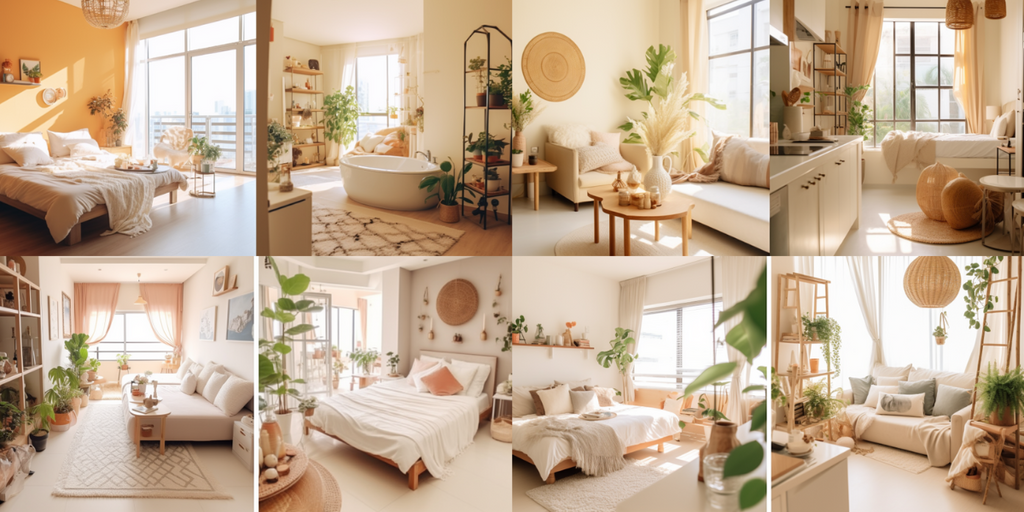
To achieve a harmonious and cohesive look throughout your home, consider using a consistent colour palette in all your rooms. This doesn't mean every room needs to be identical, but it should share a common thread. You can vary the intensity of the colours, mix and match accent hues, or use different shades of the same colour to create a sense of continuity.
Take Inspiration from Your Surroundings
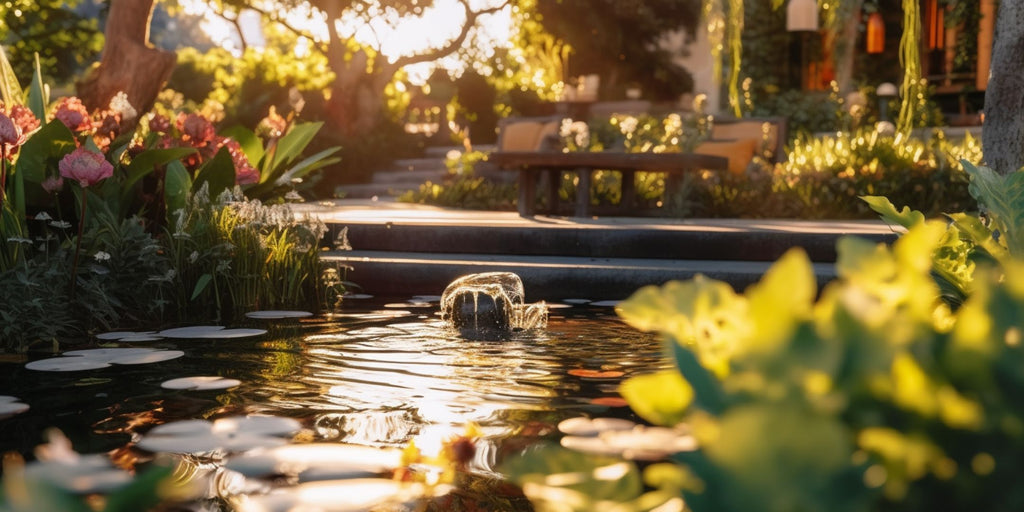
Your home's location and surroundings can be a great source of inspiration for your colour palette. In Singapore, where tropical greenery and vibrant cityscapes abound, you can incorporate lush greens, bold blues, or soft earth tones to reflect the city's natural beauty and urban charm.
Factor in Natural Light
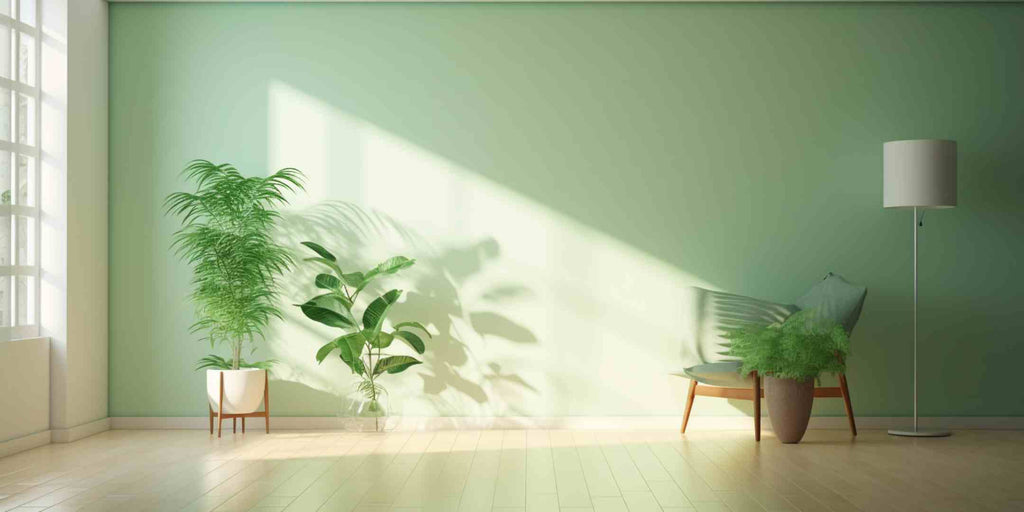
The amount of natural light a room receives can significantly impact how colours appear. Before finalising the colour palette, observe how the colours look in your space at different times of day and under various lighting conditions. Lighter shades generally work well in rooms with little natural light, while darker hues can create a cosy atmosphere in well-lit spaces.
Material Selection and Sustainability
Understand the Environmental Impact

When selecting materials for your home, consider their effect on production, transportation, and disposal. Opt for materials with a low carbon footprint and those sourced from renewable resources or with high recyclability. Examples include bamboo, cork, and reclaimed wood.
Prioritise Durability and Longevity
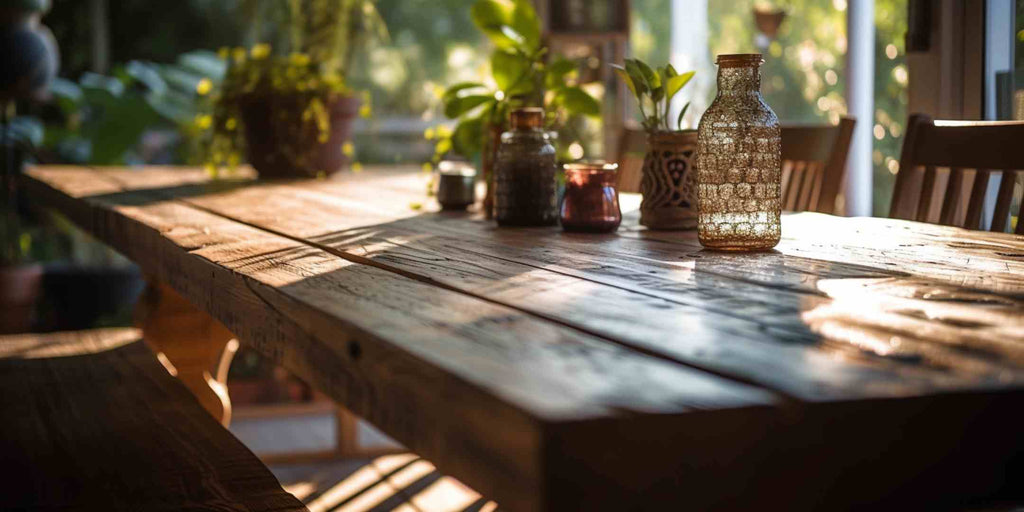
Investing in high-quality, durable materials ensures your home will withstand time and reduce waste and consumption in the long run. Look for materials that are resistant to wear and tear, easy to maintain, and have a long lifespan. This technique can save you money on replacements and repairs while minimising environmental impact.
Consider Energy Efficiency

Energy-efficient materials can help reduce your home's energy consumption and lower utility bills. Insulation materials, energy-efficient windows, and eco-friendly lighting solutions can create a more sustainable and energy-efficient living space.
Opt for Low-VOC Products
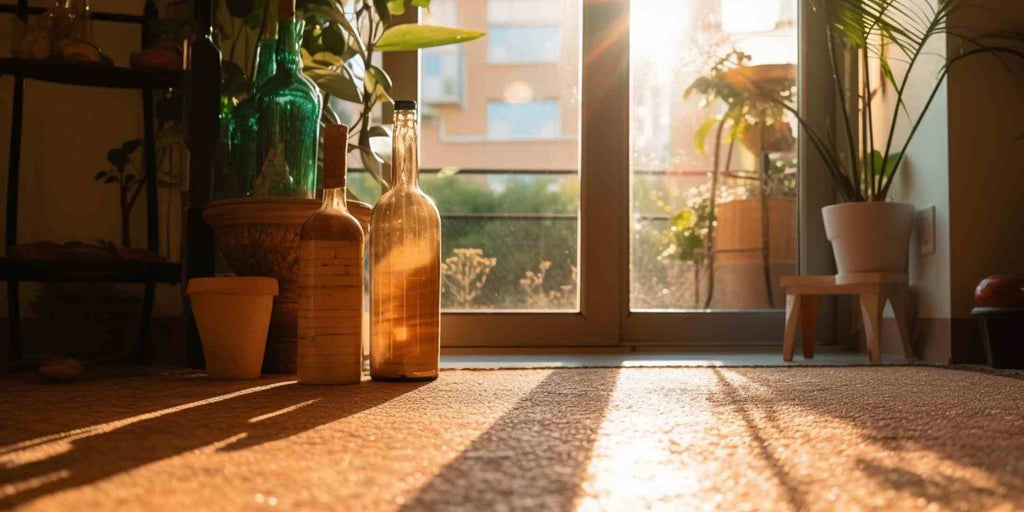
Volatile organic compounds (VOCs) are chemicals found in many building materials and can negatively impact indoor air quality. When selecting materials, choose low-VOC options such as water-based paints, formaldehyde-free plywood, and natural floor coverings like linoleum or cork.
Choose Sustainable Textiles and Furnishings

When selecting textiles and furnishings for your home, prioritise eco-friendly options made from natural, organic, or recycled materials. Examples include organic cotton, linen, hemp fabrics, or furniture made from reclaimed wood or recycled metal.
Support Local and Ethical Suppliers

Purchasing materials and products from local suppliers can help reduce transportation emissions and support the local economy. Additionally, seek suppliers and manufacturers with ethical and sustainable practices, ensuring that your chosen materials are produced responsibly and with minimal environmental impact.
Lighting Design and Techniques
Layer Your Lighting
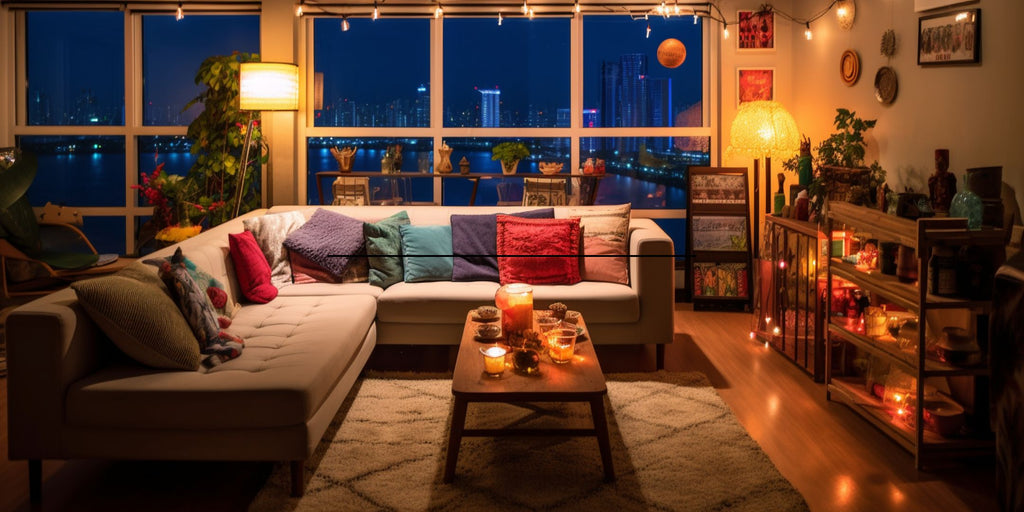
A well-designed lighting plan should include a mix of ambient, task, and accent lighting. Ambient lighting provides overall illumination, while task lighting is used for specific activities such as reading or cooking. Accent lighting highlights focal points like artwork or architectural features. Combining these different layers of lighting will ensure a balanced and visually appealing result.
Incorporate Natural Light

Natural light is essential to any lighting design. Make the most of natural light by incorporating large windows, skylights, or light wells into your home's design. Use soft, sheer curtains or blinds to allow sunlight to filter in while maintaining privacy.
Choose Energy-Efficient Solutions
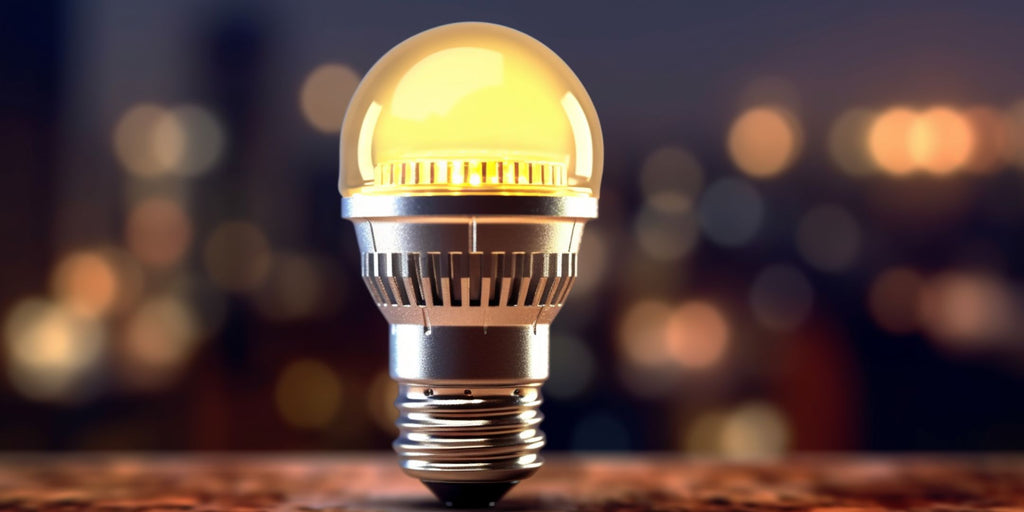
Opt for energy-efficient lighting options like LED bulbs or energy-saving fixtures to reduce energy consumption and save on utility bills. LEDs are eco-friendly, provide excellent colour rendering, and have a longer lifespan than traditional bulbs.
Consider the Room's Function
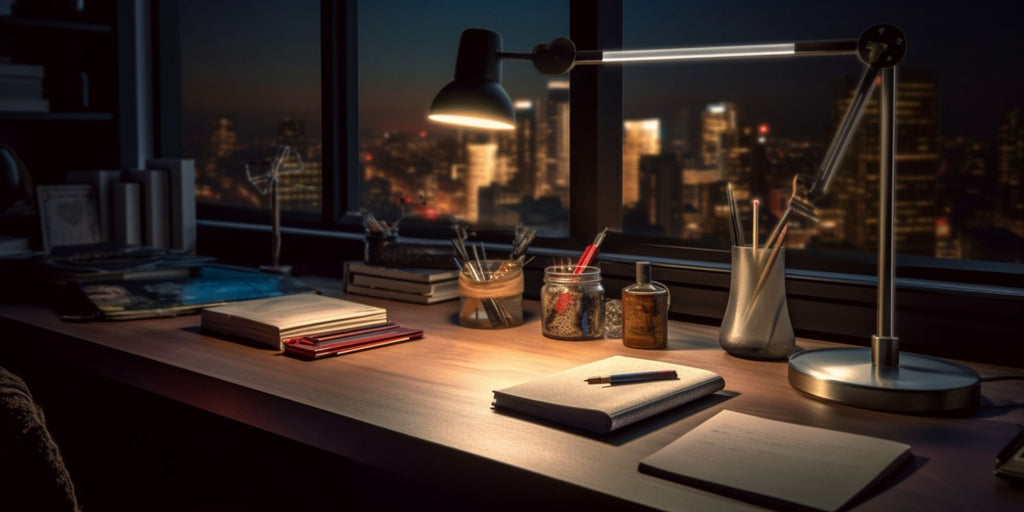
The purpose of each room in your home should guide your lighting choices. For example, kitchens and workspaces require bright, focused task lighting, while bedrooms and living areas benefit from softer, ambient lighting. Tailor your lighting design to suit each space's specific needs and functions.
Experiment with Fixtures and Styles
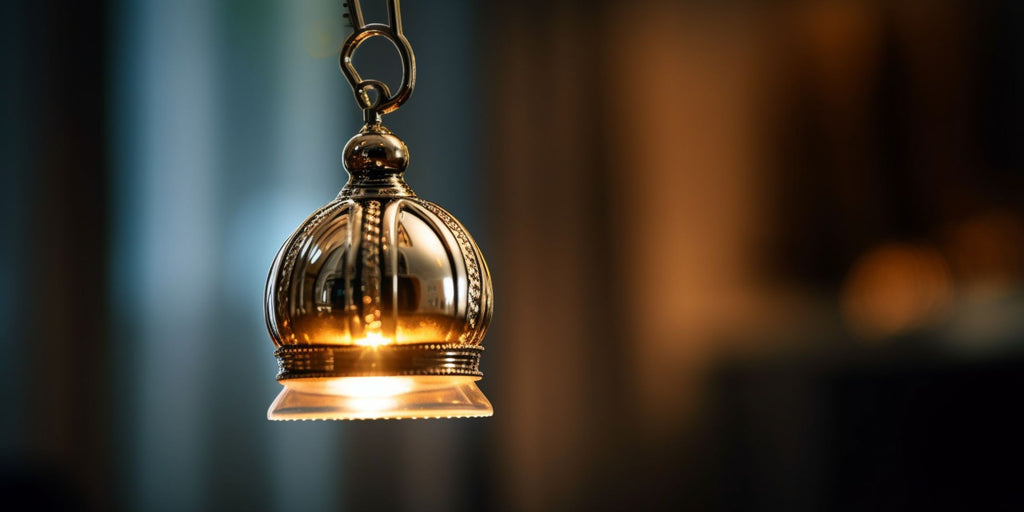
Countless lighting fixtures and types are available, ranging from recessed downlights and pendant lights to floor lamps and wall sconces. Mix and match different fixtures to create a unique and visually exciting lighting plan. Be bold and play with shapes, sizes, and materials to find the perfect combination for your home.
Utilise Dimmers and Smart Controls

Incorporating dimmers and smart controls into your lighting design allows you to adjust the brightness and colour temperature of your lights according to your mood or the time of day. This enhances the ambience of your living space and offers greater flexibility and energy efficiency.
Budgeting and Cost Management

Set a Realistic Budget
Before starting your renovation, determine a realistic budget based on your financial situation, the project's scope, and your desired outcome. Take the time to research costs and gather quotes from multiple sources to ensure you have a clear understanding of the expenses involved.
Prioritise Your Needs and Wants
List your renovation goals, separating them into "needs" and "wants". Focus on essential items first, such as structural repairs or updates that will improve the functionality of your home. Once these are addressed, you can allocate funds to more aesthetic upgrades or optional extras.
Track Your Expenses
Create a detailed spreadsheet to track your expenses throughout the renovation process. Include all costs, such as materials, labour, permits, and contingencies. Regularly update the spreadsheet to monitor your spending and ensure you stay within your budget.
Be Prepared for Unforeseen Costs
Unexpected expenses are common during home renovations. Set aside a contingency fund, typically 10-20% of your total budget, to cover unforeseen costs or changes in the scope of work. This will help you avoid financial stress if unexpected issues arise.
Opt for Cost-Effective Alternatives
Consider more affordable options for expensive materials or finishes without compromising quality. For example, choose laminate countertops instead of granite or marble or use engineered wood flooring over solid hardwood. These choices help you achieve the desired look and functionality at a lower cost.
DIY Where Possible
If you're handy and have the necessary skills, consider taking on some DIY tasks to save on labour costs. However, be realistic about your abilities and the time required for these tasks. Consult with professionals for critical or complex jobs to ensure the work is done correctly and safely.
Hire Reputable Contractors and Designers
Working with experienced and reliable professionals can save you money in the long run by minimising costly mistakes and ensuring quality workmanship. Obtain quotes from multiple contractors or designers, and check references to find the right fit for your project.
Communicate Openly with Your Team
Maintain open communication with your contractor or designer throughout the renovation process. Keep them informed of your budget constraints and be clear about your expectations. Regular check-ins and updates can help you stay on track and avoid costly surprises.
Ready to Transform Your Living Space? Discover Expert Help Today!

Now that you're equipped with valuable insights on home renovation, it's time to bring your dream living space to life. Let professional interior designers and contractors guide you through the process, ensuring your project is executed perfectly while keeping your budget in check.
Visit our list of Best Interior Designers in Singapore to explore the best people who can help you create a stunning and functional space tailored to your unique needs and preferences. Their design, space planning, and cost management expertise will make your home renovation journey a seamless and enjoyable experience.
And remember to check out Megafurniture Singapore for a wide range of furniture and home essentials that can elevate your living space. From stylish and comfortable sofas to space-saving storage solutions, we offer high-quality products at competitive prices, ensuring you find the perfect pieces to complete your home makeover.








